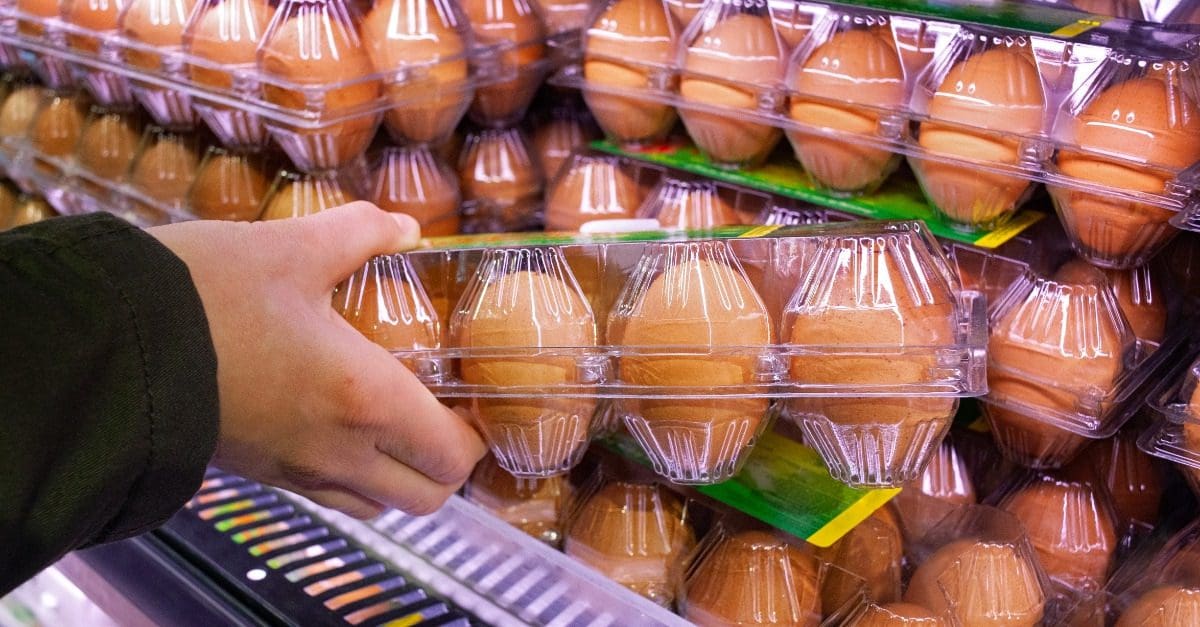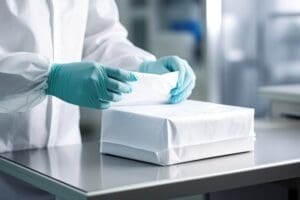
Few children stop to think about the compression rating of the cardboard wrapping around the action figure they just received for their birthday. Rarely does the hungry teenager give consideration to the puncture resistance of the bag when they tear into the chips. And few mothers reflect on the impact resistance of the plastic bottle when their toddler is screaming for a sippy cup of apple juice.
However, package testing ensures that the child’s new toy isn’t damaged upon arrival at the toy store, that the chip bag won’t accidentally rip when being loaded on the grocery store shelf and alter the quality of the food, or that the apple juice bottle won’t shatter when it slips through a tired mother’s hands.
Package testing is a priority for the manufacturing industry. Packaging tests ensure products maintain their freshness and allow consumers the certainty that the items they purchase will hold up to shipping and handling conditions. Even the most attractive, functional, or elegant packaging is rendered useless if it disintegrates in humidity, does not withstand the wear and tear of transportation, or fails to protect the product from a drop.
Putting every package to the test
Many factors can impact the condition of a package and the product it contains, and various tests can be conducted at package testing laboratories to ensure the packaging can withstand different stresses.
Puncture resistance test
Typically measuring film, rubber, or paper’s ability to withstand being punctured or ruptured by a probe when force is applied, puncture resistance testing aims to simulate potential collisions with other packages, sharp edges of delivery trucks, or a sharp product within the packaging itself. Considering a consumer product may be handled by dozens of people before it arrives to its final destination, this package testing is imperative to ensure moisture or contaminants cannot seep through the surface.
Edge crush test
Imagine a warehouse, factory, or distribution center with rows and rows of boxes stacked on top of each other. Improper stacking can stress the cartons and cause them to collapse. The edge crush test measures the compressive force a cardboard material can sustain in its vertical or loading direction before collapsing. During this test, a load is applied to the edge of a small sample of the packaging material when standing on its end until it collapses.
Burst strength test
Also known as the Mullen Test, and often associated with the edge crush test, the burst strength test provides a more general assessment of the plastic, paper, or corrugated board’s strength. The package is expanded until its seals burst using a hydraulic testing instrument, which is useful in determining how well the package can sustain pressure during storage or delivery.
Compression test
Also similar to the edge crush test, a compression test can be helpful to evaluate packaging materials that might be stacked or compressed with other boxes and items.
While the edge crush test evaluates packaging at its edge, compression testing applies a force between two parallel plates to the container’s faces, diagonally opposite edges, or corners. This test can also be used on drums, pails, bottles, and tubs, not just cardboard or paper.
Climate test
Not only do manufacturers need to understand the climate conditions where the product is produced, but also the market to which the product is being delivered. The boxes holding chocolates packaged in Zurich need to stand up to the cool, dry climate of Switzerland and the humid, subtropical climates of Asia or South America, where the product may ultimately be shipped.
During a climate conditioning test, the packing is placed in calibrated environmental chambers designed to adjust both temperature and humidity levels and determine any physical changes, like warping, deterioration, or molding.
Vibration test
Using a hydraulic table meant to simulate the different levels of vibration, or shaking a container that might be subjected to vibration during transit, vibration tests ultimately measure the performance of the packaging, in terms of its strength and protection of the product within.
The test measures the amount of noise that is created. If the packaging is not properly sealed, it will create a higher decibel level of noise, indicating a higher potential for damage to the product.
Shock or drop test
While some manufacturers rely on quality control inspectors to manually perform a series of nine on-site drops to determine how rough handling might damage their package, others choose a machine-based shock test. A machine can precisely measure an exact 90-degree drop from the corner of the shipping carton and the dropping surface, while a human might drop the carton at a 92- or 95-degree angle.

Innovations in product packaging
The packaging industry is not only focused on designing quality materials that stand up to the myriad of tests at package testing labs, but also on adopting smart solutions to make product packaging more consumer- and environmentally friendly.
In food packaging, new nanotechnology more securely coats the plastics used in long-lasting foods and beverages. The resulting film is so thin the naked eye cannot see it, and when applied to plastics, it strengthens the plastic and improves barriers to oxygen and other gases, enabling sodas to retain their fizz longer and ready-to-eat meals (such as those used by the military) to last longer under extreme conditions.
Environmentally friendly packaging alternatives are becoming more widespread. In an effort to eliminate single-use plastic and other non-recyclable materials, manufacturers are switching to glass, stainless steel, bamboo, and even gelatin films, which are more sustainable. As an example, KFC has a goal to transition all its packaging to 100% compostable material by 2025.1 They have created sustainable packaging through fiber-based cutlery, and their famous KFC bucket is now made of bamboo.
LabLynx ELab LIMS supports package testing laboratories
The LabLynx ELab laboratory information management system (LIMS) for package testing laboratories optimizes your lab for environmental, mechanical, and chemical testing. The ELab LIMS is pre-configured with methods, workflows, and reports common to the industry, which facilitates conformance with ASTM, ISO, International Safe Transit Association (ISTA), European Committee for Standardization (CEN), Technical Association of the Pulp and Paper Industry (TAPPI), and other standards. Consolidating processes and data management within ELab LIMS lets you reduce errors and turnaround times. Lab productivity will also improve as your staff replaces manual tasks with higher-value testing activities. Improve the quality of your package testing services with ELab LIMS.
References
1 https://global.kfc.com/press-releases/kfc-canada-announces-100-home-compostable-consumer-packaging-by-2025/




